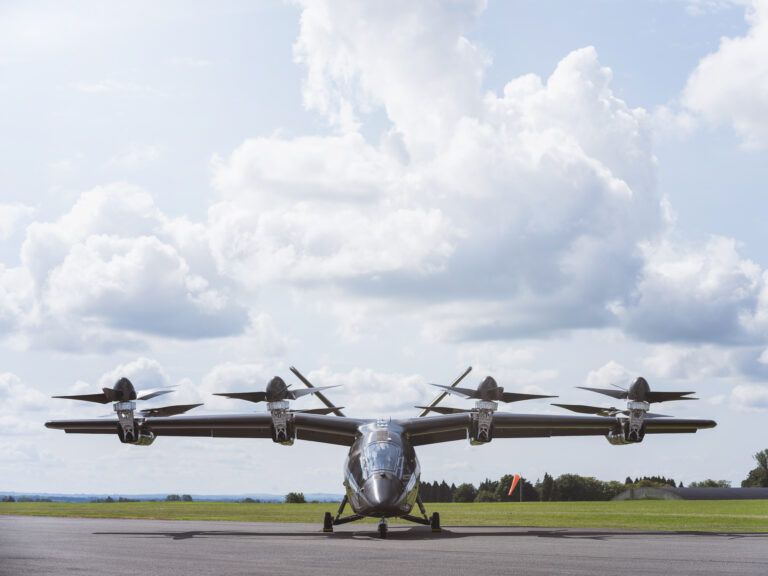The Advanced Air Mobility sector had an important year during 2023, with the top players on both sides of the Atlantic preparing for the final sprint towards Type Certification in 2024.
2023 also celebrated a significant milestone as Ehang, a Chinese eVTOL aircraft company received Type Certification from its domestic regulator the Civil Aviation Administration of China (CAAC) for the multicopter EH216-S. This became the first eVTOL aircraft certified in the world.
While the usual names appear among the OEMs that are doing the most testing, there are also new entrants that are beginning to accelerate their testing tempo to support an entry into service (EIS) later in the decade.
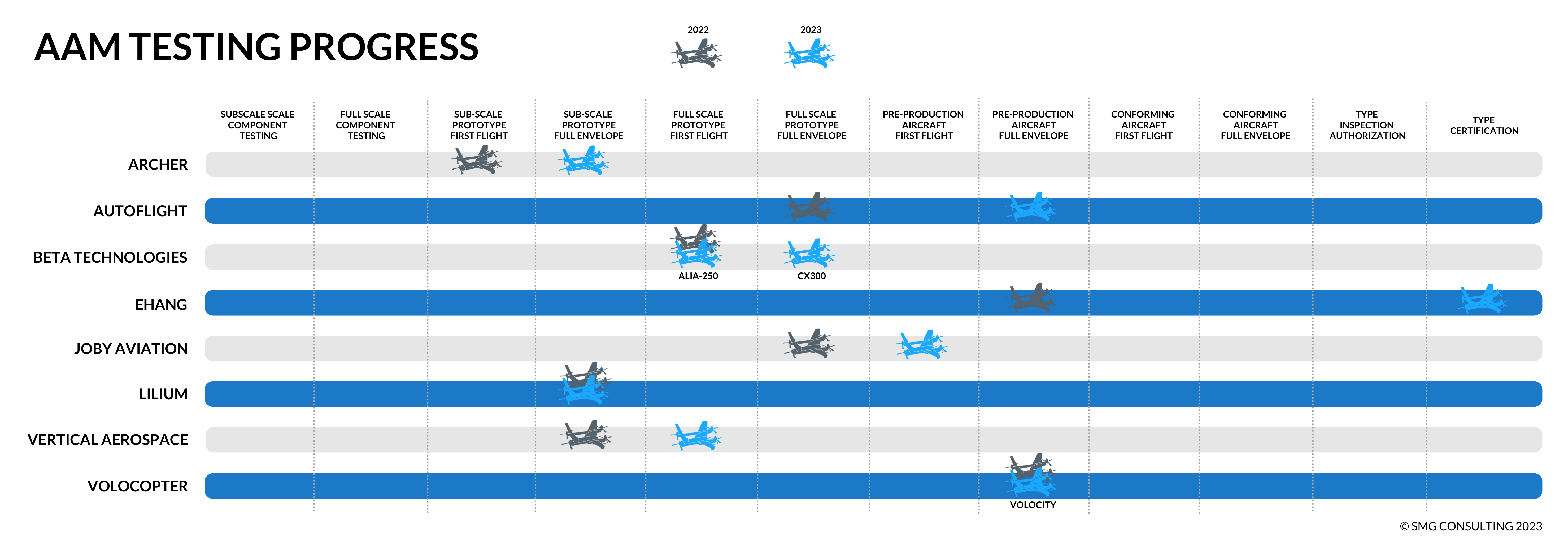
Delays continue to be announced and timelines are slipping as more and more OEMs take stock of the difficulty of the development and certification process.
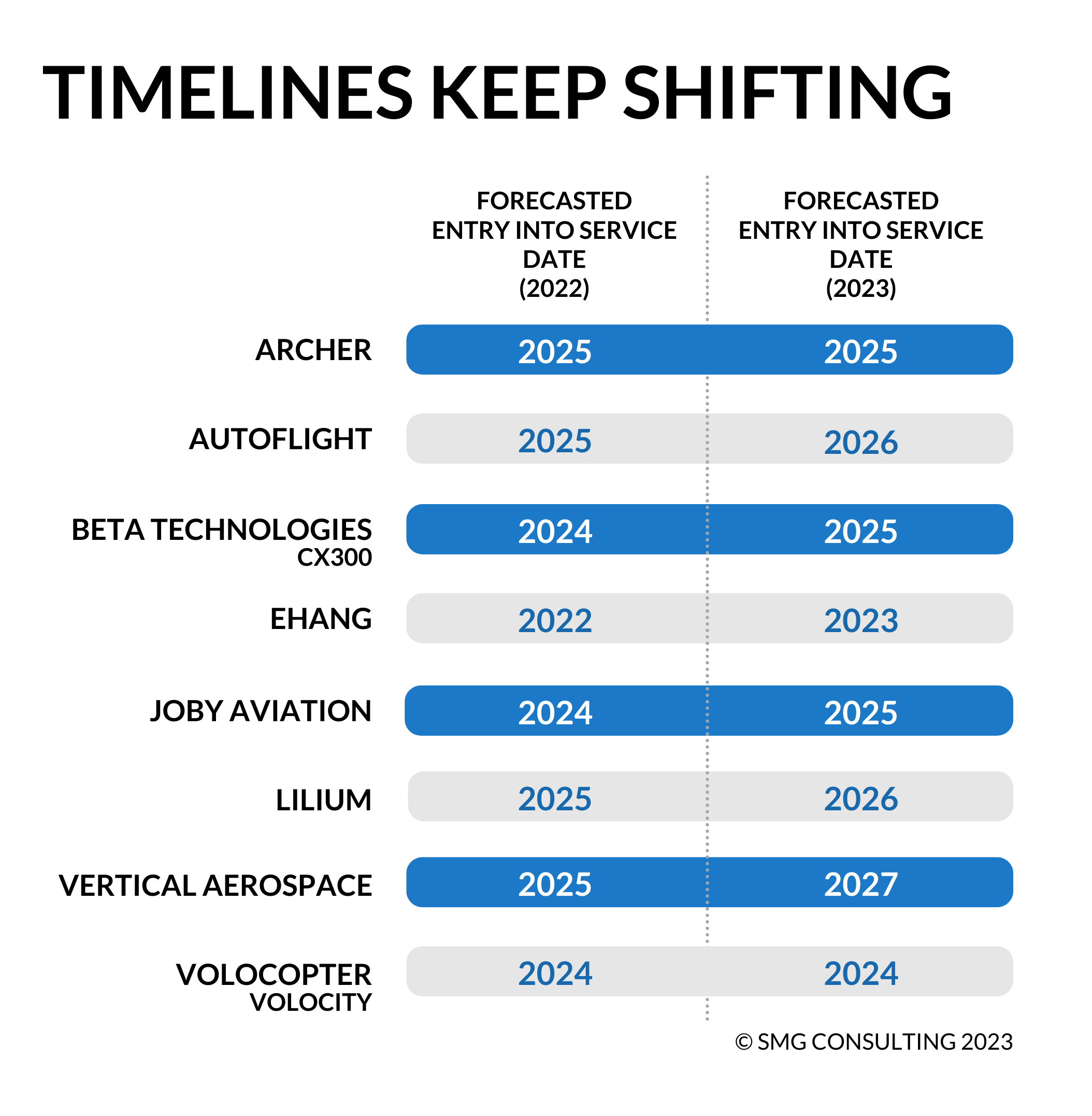
This article highlights some of the OEMs that have performed the most testing in 2023. They are all preparing to do the bulk of their certification work in 2024.
Archer
On May 11, 2023, Archer rolled out its full-scale demonstrator aircraft, the first Midnight aircraft produced by the Silicon Valley, California startup. The aircraft has been going through ground testing in advance of its first flight. This is the first time Archer has flown a full-scale aircraft. Last year the company performed flight testing, including the all-important wing-borne transition, with its sub-scale demonstrator Maker.
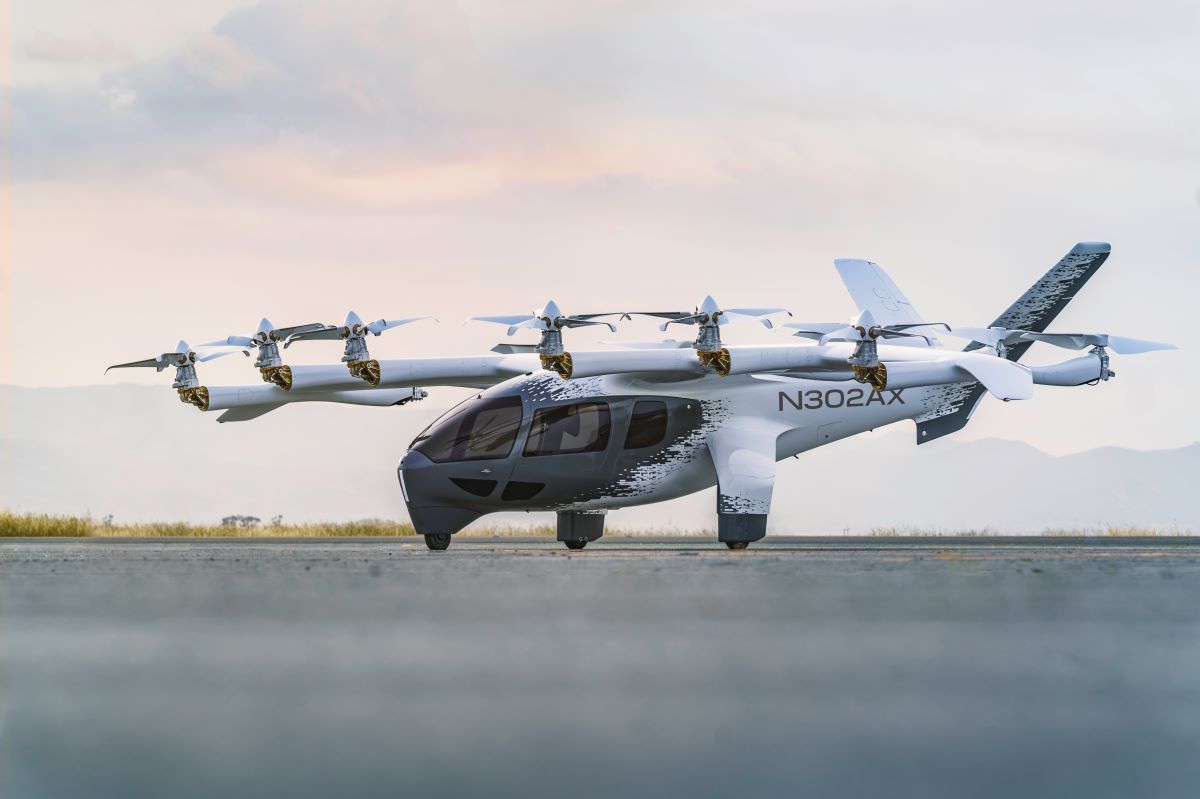
The company has continued wind tunnel, sub-system and systems testing in preparation for the construction of their first conforming Midnight aircraft, which is due to roll out before the end of 2023 from their Low-Rate Initial Production (LRIP) line in San Jose, California.
After the Midnight demonstrator flies, Archer plans to deliver the aircraft to the US Air Force as a part of the contract the service has with several eVTOL aircraft OEMs to help the companies develop and mature the technology.
Beta Technologies
Burlington, Vermont-based Beta Technologies made a significant and well-thought-out strategic shift when it announced plans to develop a fixed-wing aircraft called the CX300, alongside the eVTOL aircraft they had been originally developing, the Alia-250. The company continues to accumulate manned flight hours at a pace unmatched in the Advanced Air Mobility (AAM) industry. During 2023 it hosted test pilots and flight test engineers from the FAA, with the agency personnel completing a quality evaluation of Alia and ultimately flying the SN1 aircraft.
In February, in collaboration with their customer, helicopter operator Blade. the company performed demonstration flights at Westchester County Airport, an airport outside New York City.
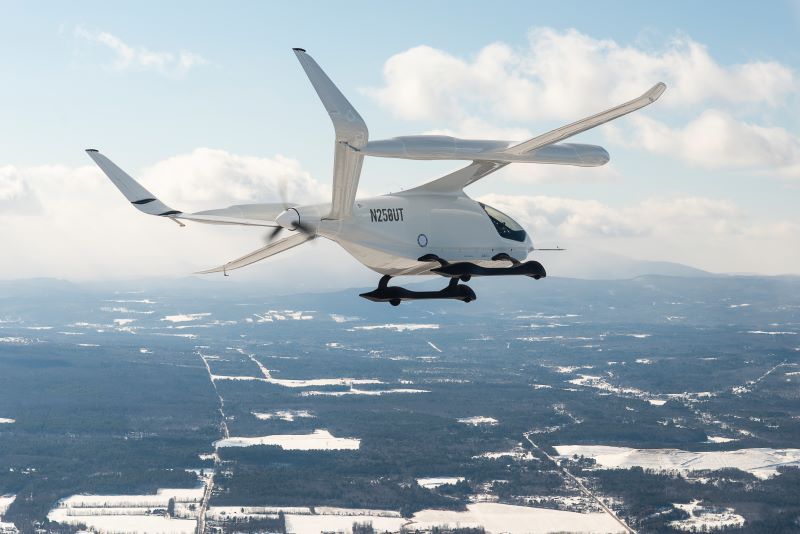
Alia SN1 continued in its envelope expansion, including night flights and a flight into controlled Class B airspace, the most restrictive and monitored of all types of airspace, landing at the Pierre Elliott Trudeau International Airport in Montreal, Quebec, on September 27, 2023.
Beta also continues to expand the envelope of their eVTOL aircraft, SN2 with the aircraft having achieved forward flight on wing but not yet transitioned. The pace of testing at the OEM is dictated by the fact that every flight is manned.
Finally, the company has delivered its SN1 aircraft to the US Air Force which will test the aircraft at Eglin Air Force Base in Florida. The US Air Force will perform logistics and airspace integration tests to understand how electric aircraft fit into its next decade doctrine.
Ehang
The Chinese OEM has achieved what every company in the AAM industry is working toward, certification by a regulatory agency. The CAAC awarded the EH216-S autonomous aircraft Type Certification in October. This is first certification of an eVTOL in the world, albeit the regulations followed by the CAAC differ vastly from the western regulatory agencies, that in contrast to CAAC do not foresee the certification of autonomous aircraft until the middle to late part of the 2030s.
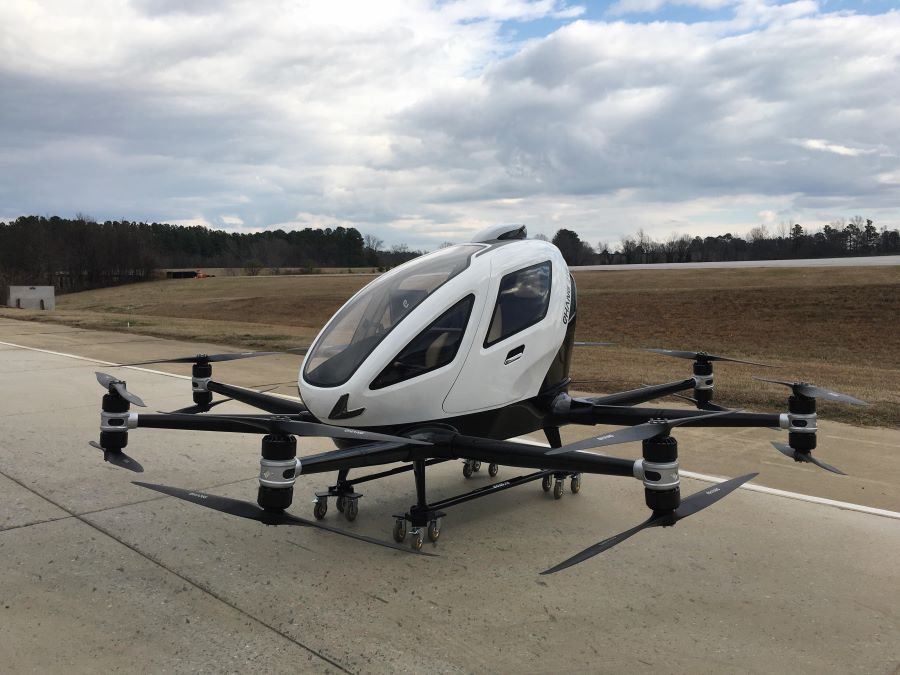
Ehang continued to perform test flights in several countries throughout the year, including the first passenger carrying eVTOL demo flights in Japan.
Joby Aviation
The front runner among all the USA-based OEMs continued building flight hours with its full-scale demonstrator and recently added to its flight line its first pre-production aircraft.
Joby also conducted wind tunnel testing of its full-scale propeller at the world’s largest wind tunnel facility, at NASA’s Ames Research Center in Silicon Valley, California.
In late June, it rolled out its first pre-production aircraft, built on its Marina, California LRIP line. The aircraft has started flight testing and has hovered but not transitioned to date.
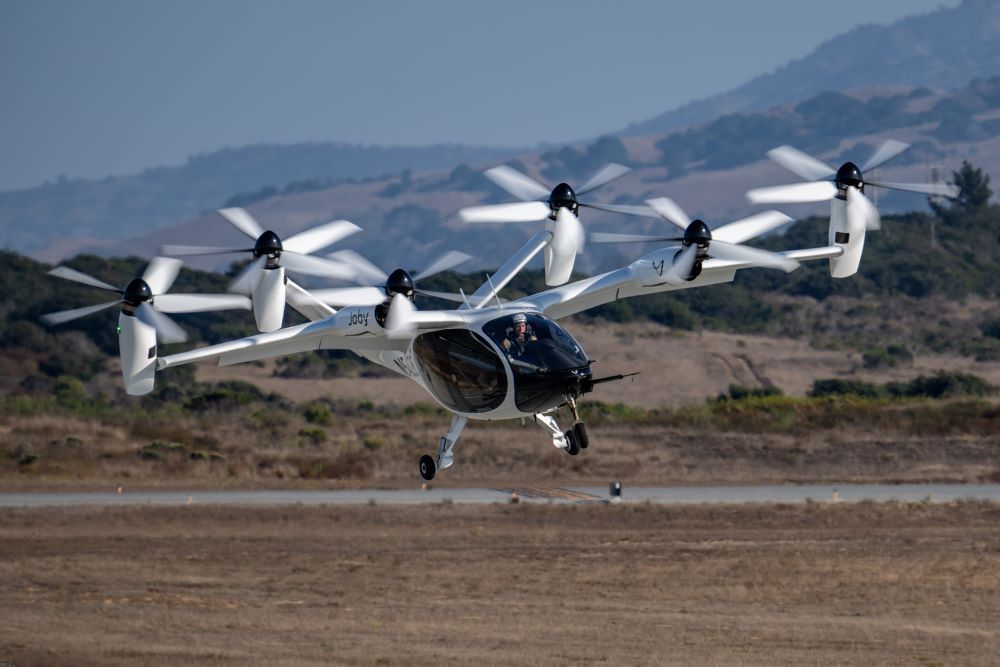
The aircraft’s unique status is that it is the first eVTOL delivered to a customer, in this case the US Air Force. Six months ahead of schedule, Joby handed over the aircraft at a ceremony at Edwards Air Force Base in California during late September 2023.
The company has been performing full-scale aircraft flight testing since 2018 remotely, without a pilot on board. This October this changed when Joby started piloted test flights, with all four test pilots having flown the aircraft.
Lilium
The Germany-based company continued its flight test program at the Atlas Flight Test Center in Villacarrillo, Spain, accumulating additional flight test hours. Lilium plans to add another demonstrator, Phoenix 3 in the coming months.
At the headquarters in Wessling, Germany the company has started manufacturing the Lilium Jet’s electric propulsion system, the first component for the first of seven conforming aircraft it will produce on its LRIP line to support certification flight testing. At the same time, the OEM suppliers have started manufacturing parts for the aircraft, with Aciturri in Spain assembling the first Lilium Jet fuselage.
The company also completed extensive wind tunnel testing of a 40% scale model of a conforming Lilium Jet at the German-Dutch Wind Tunnels (DNW) facility in Marknesse, Netherlands, the largest in Europe. The testing will provide the OEM with a comprehensive aerodynamic dataset for the entire flight envelope – including transition and cruise – to validate the physics, performance and flight control predictions and behavior.
Finally, another important milestone in 2023 was the award of the G-1 from the FAA, establishing the airworthiness and environmental requirements that the Lilium Jet will have to satisfy to achieve the concurrent Type Certificate validation with the US regulator.
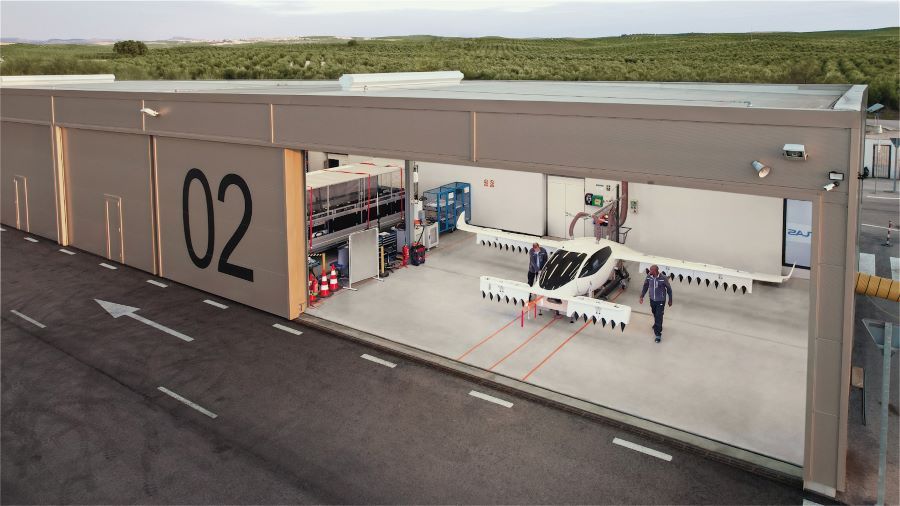
Vertical Aerospace
Testing for the UK-based OEM did not go to plan this year, with its only full-scale demonstrator, powered by in-house designed batteries crashing when performing envelope expansion at Cotswold Airport in the UK. The company was testing the aircraft in off-nominal conditions, but an unexpected fault caused it to initiate a descent that resulted in significant damage to the aircraft upon impact with the ground. Up to this point Vertical had progressed well in its flight test campaign, with tethered hover unmanned and manned flights, unmanned untethered hover and forward flight at speeds up to 46mph (85km/h).
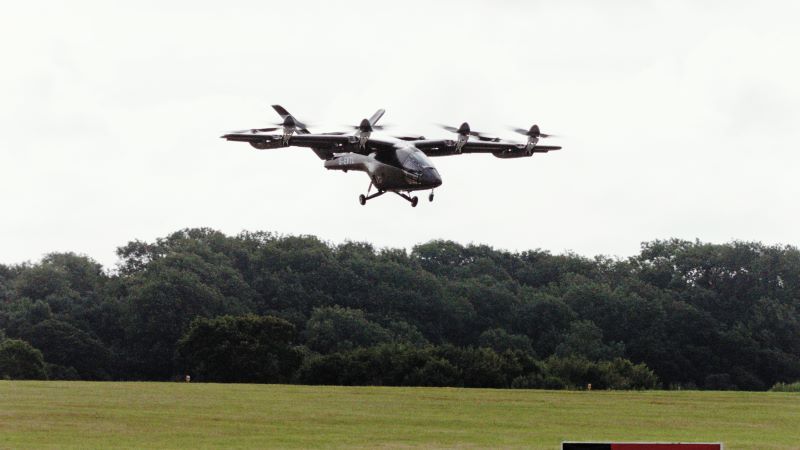
The crash impacted the test program with the company accelerating the availability of their second demonstrator to make progress toward a certification date, which has now moved to late 2026. The silver lining is that the second aircraft is being built to spec more representative of the final product, using the latest designs for propellers, structures and components from their respective suppliers.
Finally, another important step for the organization was the granting of the Design Authorization Approval (DOA) from the UK regulator the CAA.
Volocopter
Volocopter, the most advanced European eVTOL manufacturer, planned to complete 2023 with the rollout of its first conforming aircraft that will support certification flight testing. Delays to the delivery of the 18 motors from the supplier threaten to impact the already compressed schedule. The goal of flying revenue-paying passengers during the 2024 Paris Olympic Games remains and the company announced with its partners the five routes it will serve in the city.
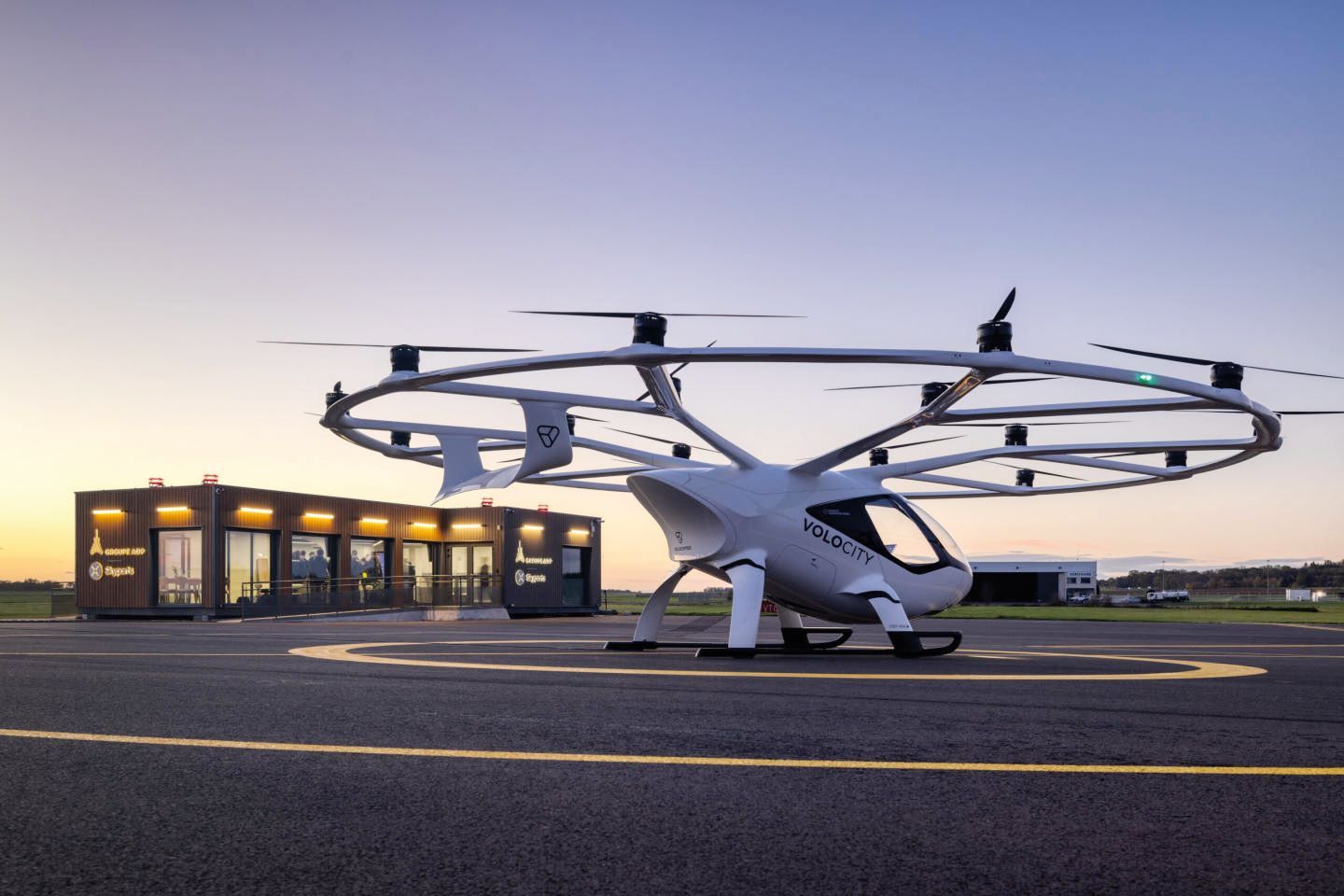
Volocopter has extensively test-flown its pre-production aircraft, produced on their recently opened final assembly line in Bruchsal, Germany completing the expansion of the flight envelope.
The company continues to perform demonstration flights all over the world: during summer 2023 it flew at the Paris Air Show at Le Bourget; in Neom it performed the first air taxi flights in Saudi Arabia; at the NBAA-BACE (National Business Aviation Association Business Aviation Convention and Expo) event, in Las Vegas, Nevada and at a show in Tampa, Florida, shortly thereafter.
Next year will be the busiest year in the history of the company, which was founded in 2011.
Wisk
Wisk, the only Western OEM to pursue autonomy from entry into service, continued to build its fully autonomous aircraft with the unveiling of their sixth generation platform – the configuration the company plans to certify in the second half of the decade.
A big vote of confidence in the company’s capabilities and progress came this year with part-owner Boeing acquiring full control of the OEM. Boeing’s CEO, David Calhoun, expressed in several public appearances his support for the work done by Wisk and its importance not just for AAM but also for the future airliners that will be built by Boeing.
While the company is working at 110% on its generation six aircraft, it continues to perform flight testing activities with its fourth and fifth generation aircraft. The highlights of this year are the flights at the San Luis Obispo airport, in front of the largest crowds in aviation at EAA AirVenture Oshkosh. This is the first time an autonomous aircraft performed at the air show. It also performed the first flight by an AAM aircraft in Class D airspace at Long Beach Airport in California.
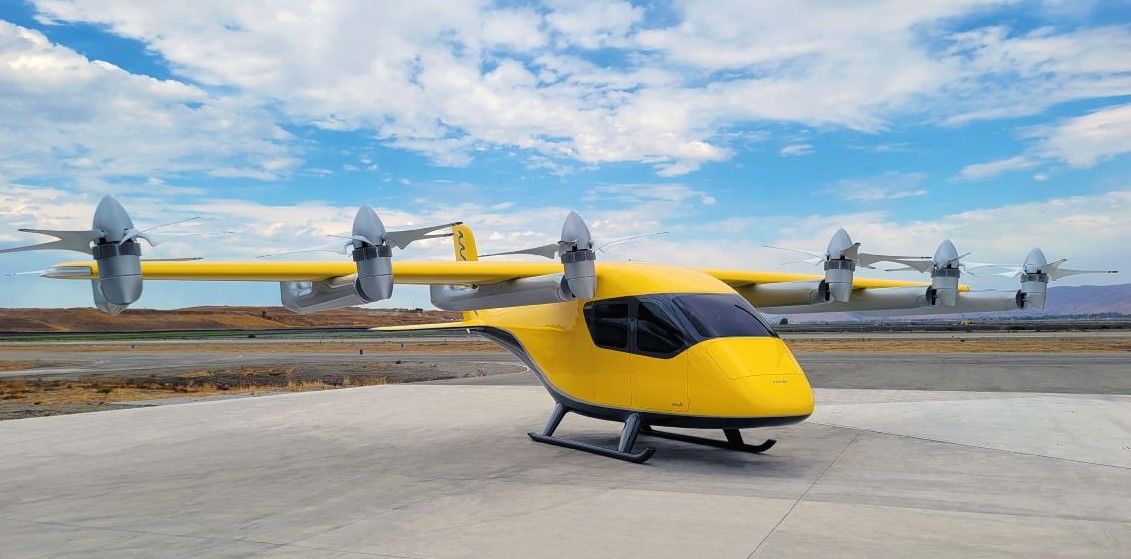
Other leading companies
The pervious eight companies have not been the only ones making significant test and development progress.
Overair, the California-based OEM developing an Optimum Speed Tilt Rotor (OSTR) eVTOL aircraft plan to roll out a full-scale demonstrator before the end of 2023. When airborne it will be the first time that the technology has been demonstrated and an important step in the continued development of the aircraft.
Electra, the only AAM OEM developing an eSTOL (electric Short Take Off and Landing) aircraft, rolled out and started ground testing its sub-scale piloted hybrid-electric demonstrator, named Model EL-2 Goldfinch. With the first flight planned before the end of 2023, the two seat aircraft will demonstrate the company’s blown lift technology, which is made possible by the eight-motor distributed electric propulsion system mounted on the vehicle’s high wing.
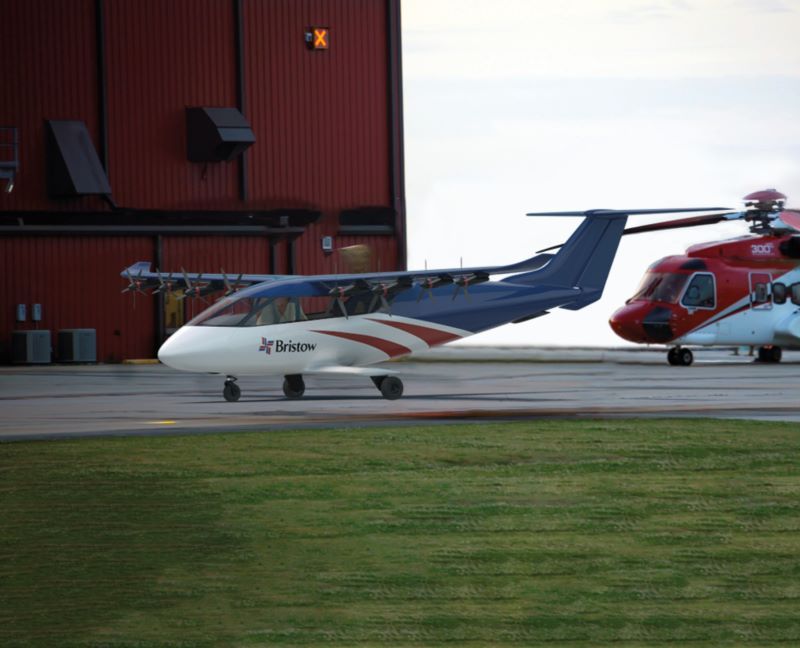
Finally, Regent, the Rhode Island-based manufacturer of sea gliders unveiled the configuration of their certification aircraft early in 2023. It has completed the flight envelope expansion of its quarter-scale unmanned wing-in-ground effect distributed propulsion prototype, including the all-important transition from float to foil and from foil to wing.
A final mention goes to the many OEMs that are developing and flight testing eVTOL aircraft in China. These companies’ capability to achieve the same progress as Western OEMs at a tenth of the cost is a compelling value proposition that will resonate with many customers all over the world.


